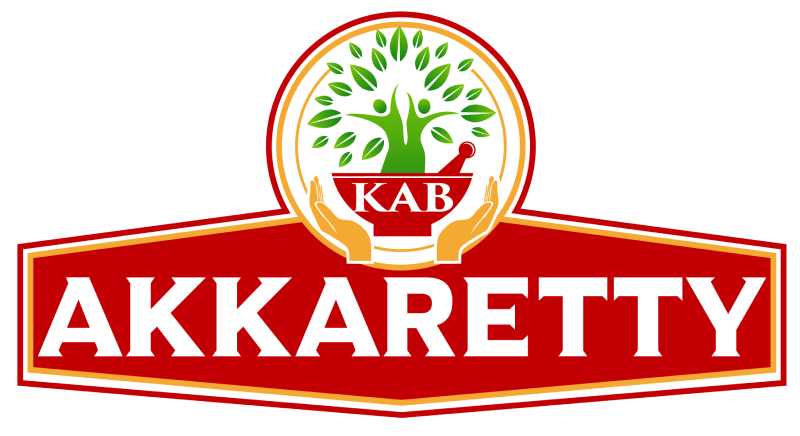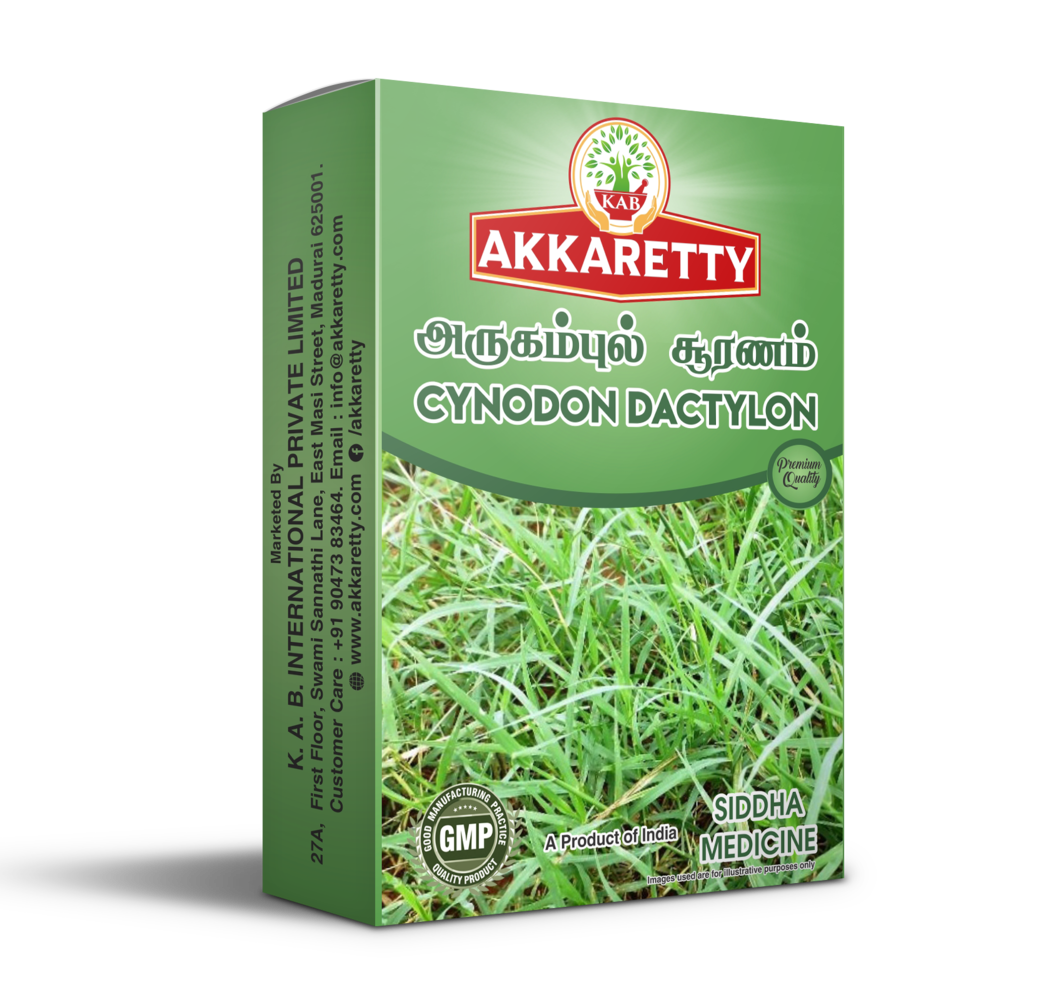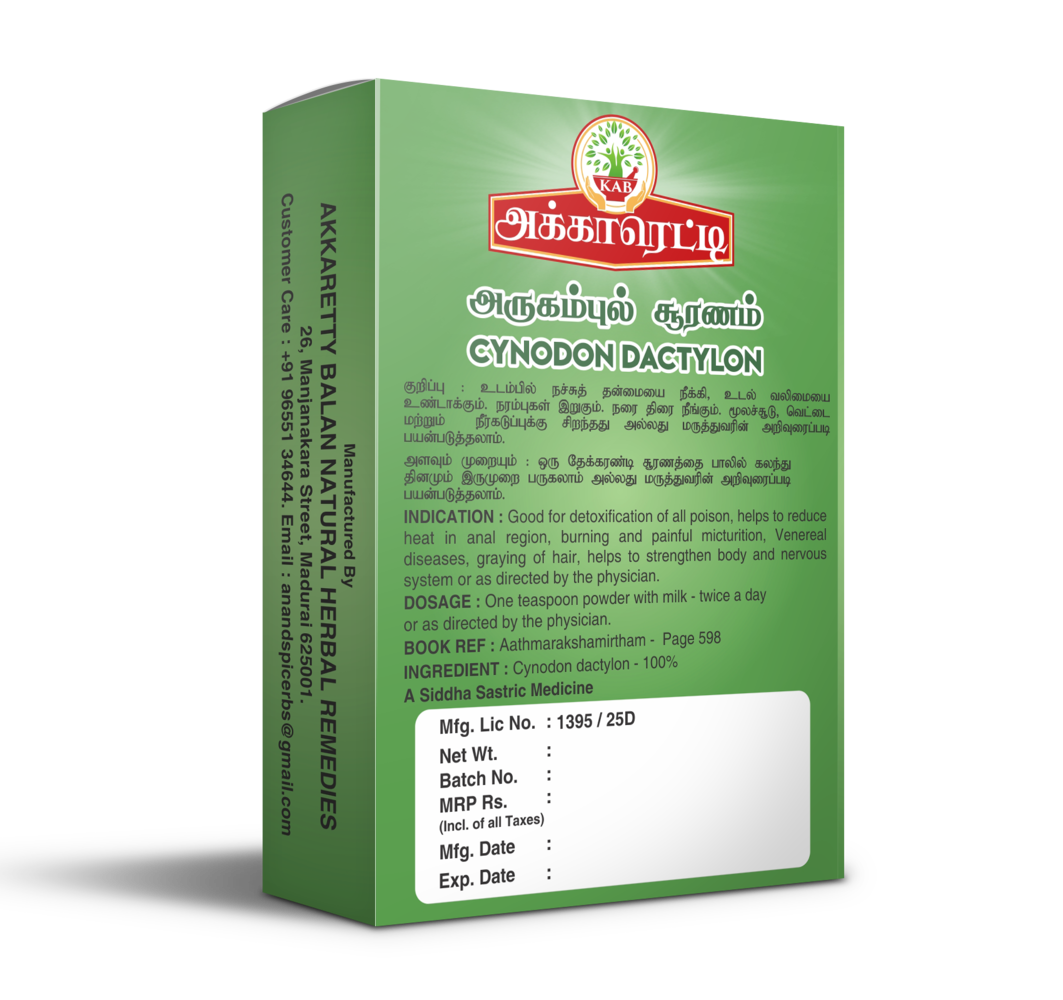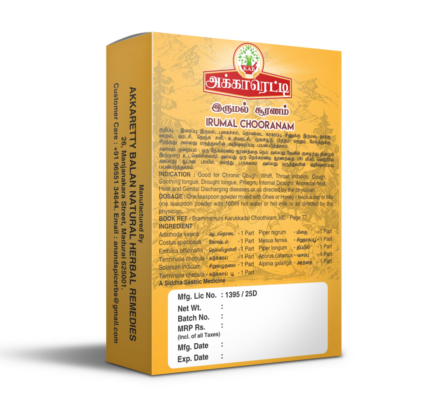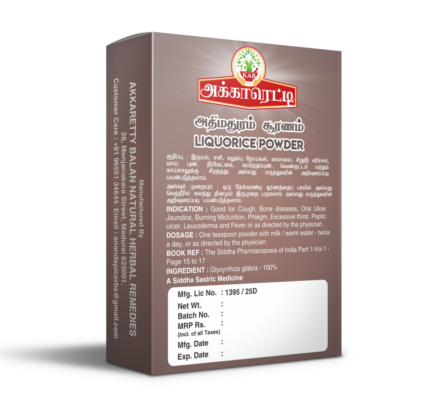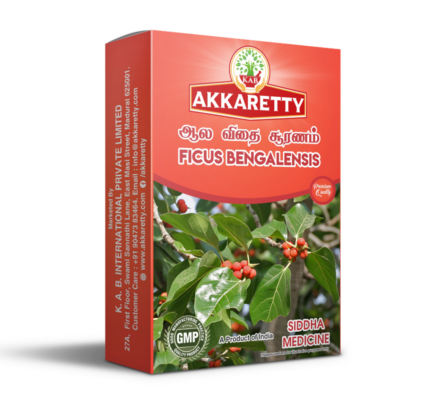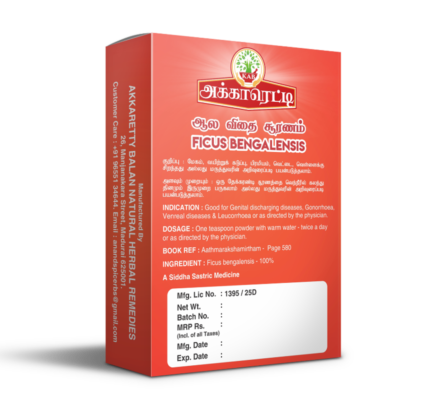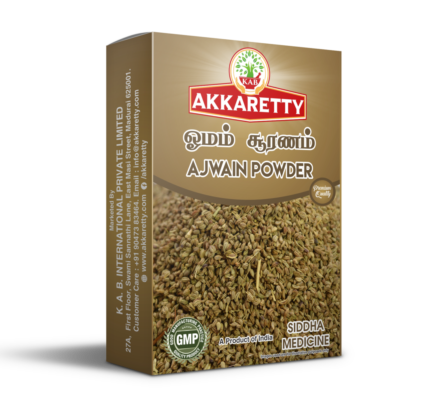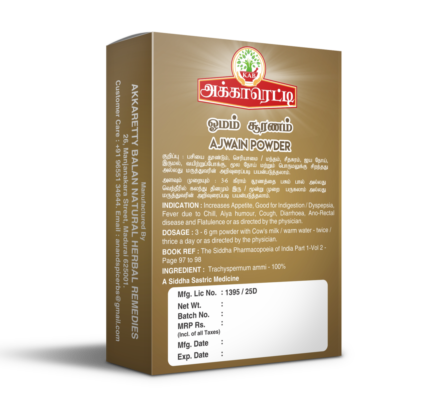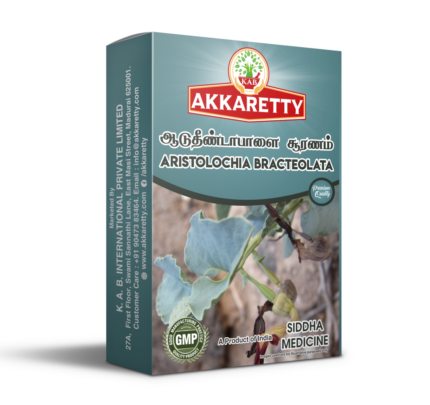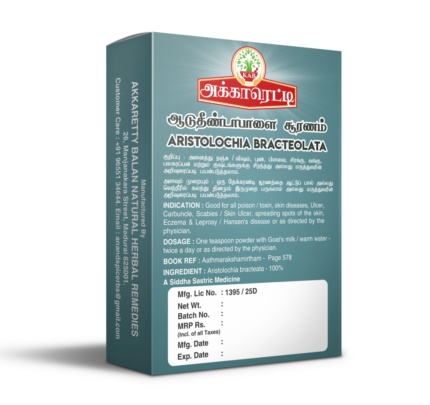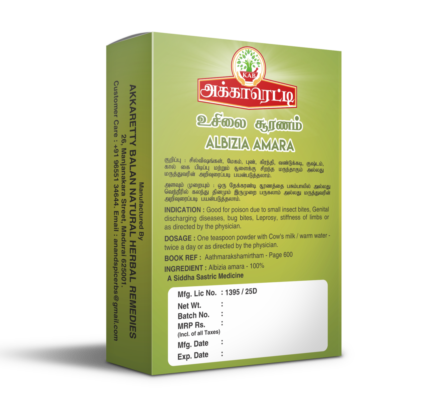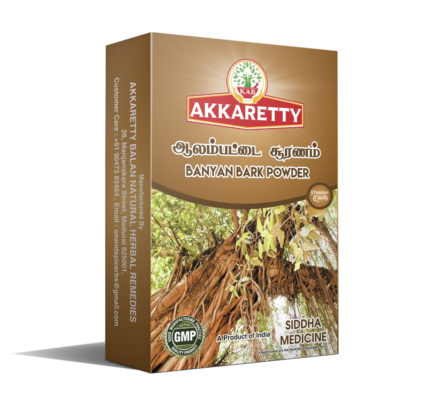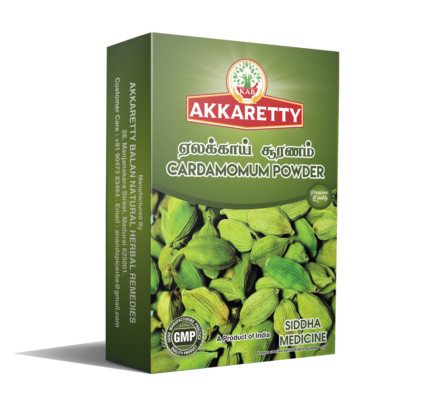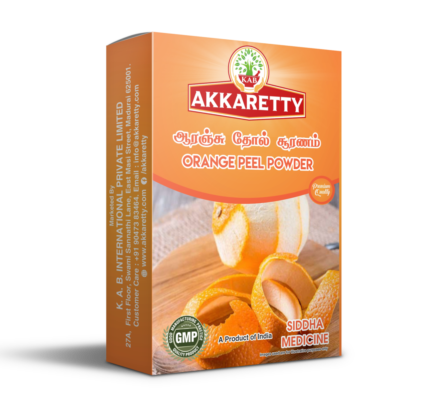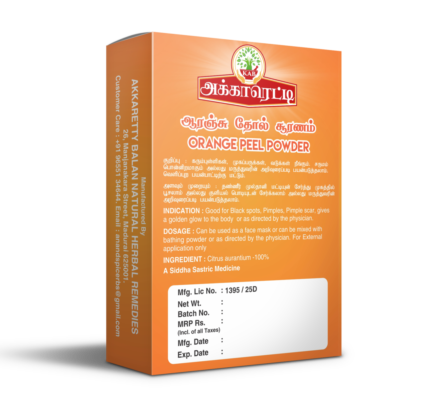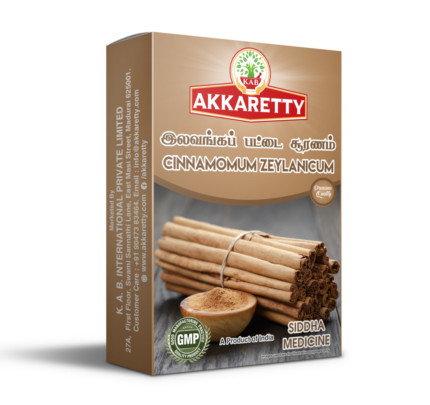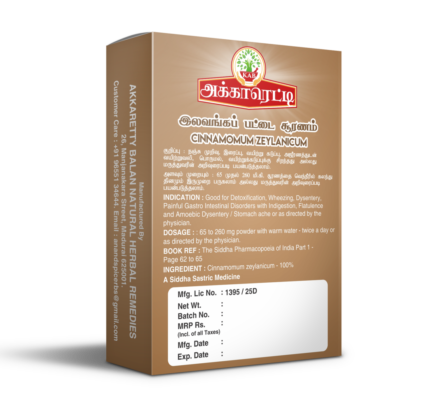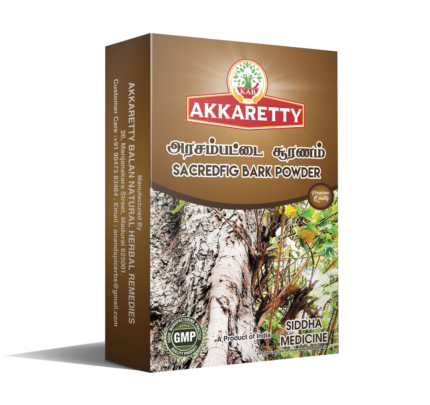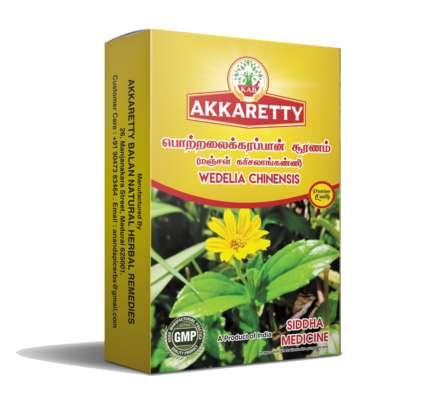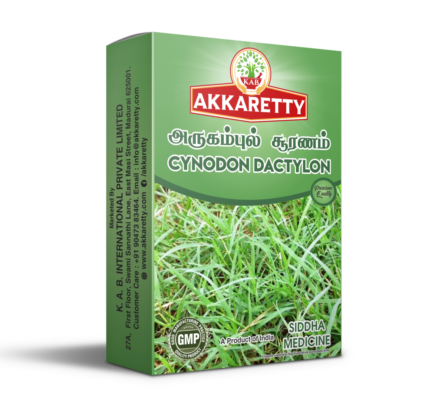Description
Bermuda Grass is a grass native to north Africa, Asia and Australia and southern Europe. The name “Bermuda Grass” derives from its abundance as an invasive species on Bermuda; it does not occur naturally there. The blades are a grey-green colour and are short, usually 4-15 cm long with rough edges. The erect stems can grow 1-30 cm, rarely to 3 ft, tall. The stems are slightly flattened, often tinged purple in color. The seed heads are produced in a cluster of 3–7 spikes (rarely two) together at the top of the stem, each spike 3–6 cm long. It has a deep root system. In drought situations with penetrable soil, the root system can grow to over 2 m deep, though most of the root mass is less than 60 cm under the surface. The grass creeps along the ground and root wherever a node touches the ground, forming a dense mat. Bermuda Grass reproduces through seeds, through runners and rhizomes.
Medical Benefits:
Good for detoxification of all toxins, helps to reduce heat in anal region, burning and painful Micturition, greying of hair. Helps strengthen body and nervous system.
| Botanical Name | Common Name | Hindi | Malayalam |
|---|---|---|---|
| Cynodon Dactylon | Bermuda Grass | दूब / Doob | அருகம்புல்லு / Arugampullu |
